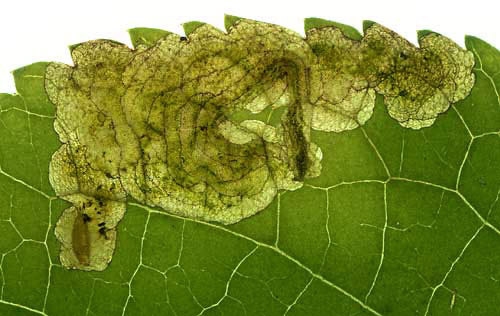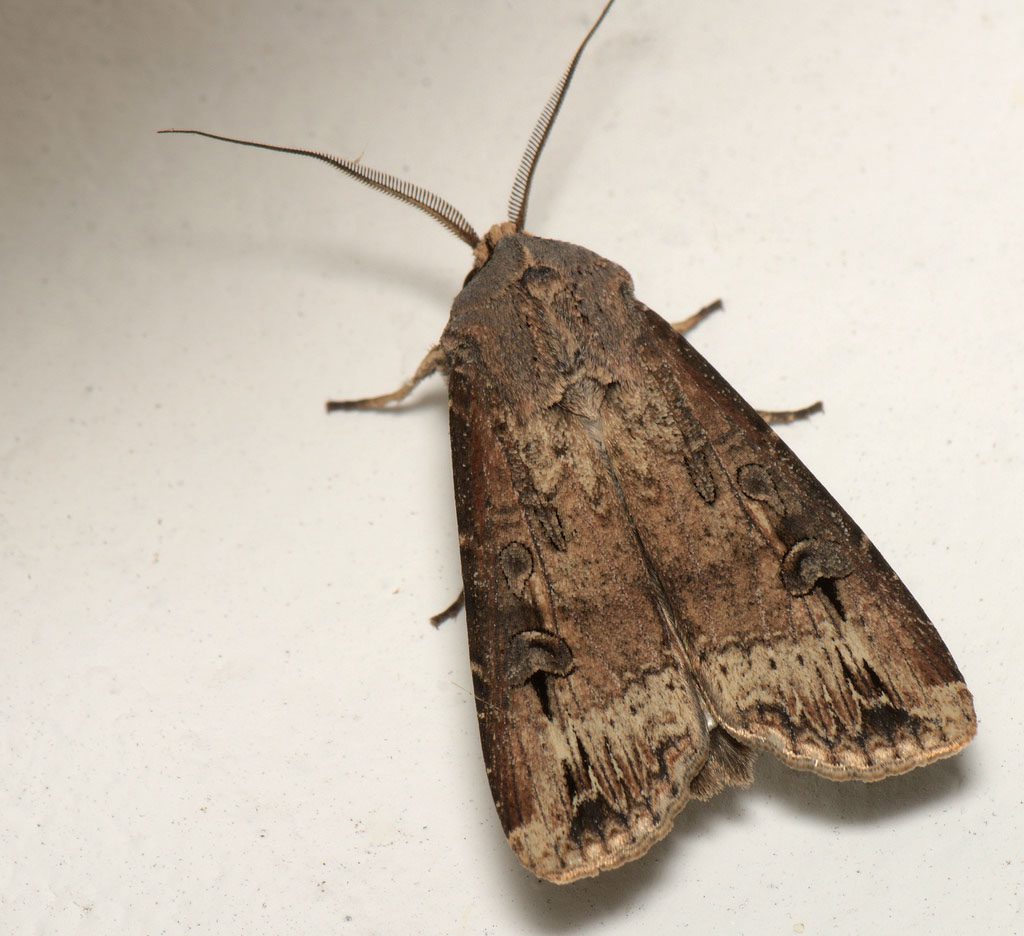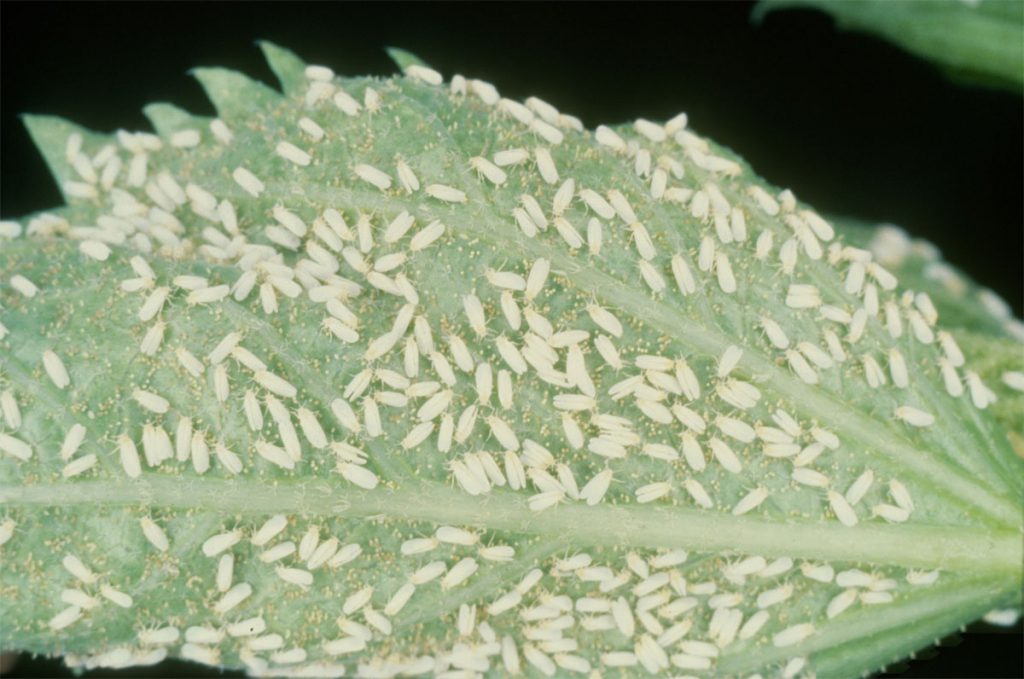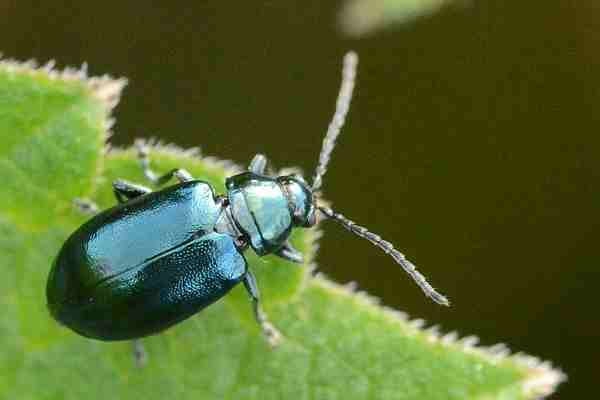Serpentine leafminer – Liriomyza affects solanaceae plants, cucurbits, leafy vegetables, legumes, ornamental and native plants.
Scientific name: Liriomyza brionyae, L. huidobrensis, L. trifolii
Greek name: Λιριόμυζα
Damage
Serpentine leafminer larvae pierce serpentine like tunnels in the leaves, feeding on the parenchyma. Destruction of the leaf surface by the tunnels or leaf drop, results in a reduction in the photosynthetic capacity of the plants, with an effect on production. The Liriomyza huidobrensis can also attack young, green fruits.
Pupation takes place at the end of the tunnel or in the soil. Damage is also caused by the adults, because the feeding or oviposition spots are gateways for secondary pathogens.
Enemy
The adults are small in size, about 2 mm long, with yellowish-black body color and yellow head color.
The larvae are about 2 mm long and have no legs. At an early age they are colorless, becoming yellowish as they approach pupation stage.
Notes
Liriomyza huidobrensis prefers cooler areas. It is very difficult to distinguish from L. brionyae and can only be distinguished in the laboratory. In contrast, L. trifolii is easier to identify.
Control of the insect in large populations is difficult, so constant monitoring of the plantation is required.
Source
www.bayercropscience.gr
Liriomyza bryoniae
SERPENTINE LEAFMINER FLY, LIRIOMYZA HUIDOBRENSIS (BLANCHARD 1926)
Liriomyza trifolii
Tags: PLANTS ENEMY





